How it works!
On this page you will learn how to use newsroom profitably for yourself and the teams in your company.
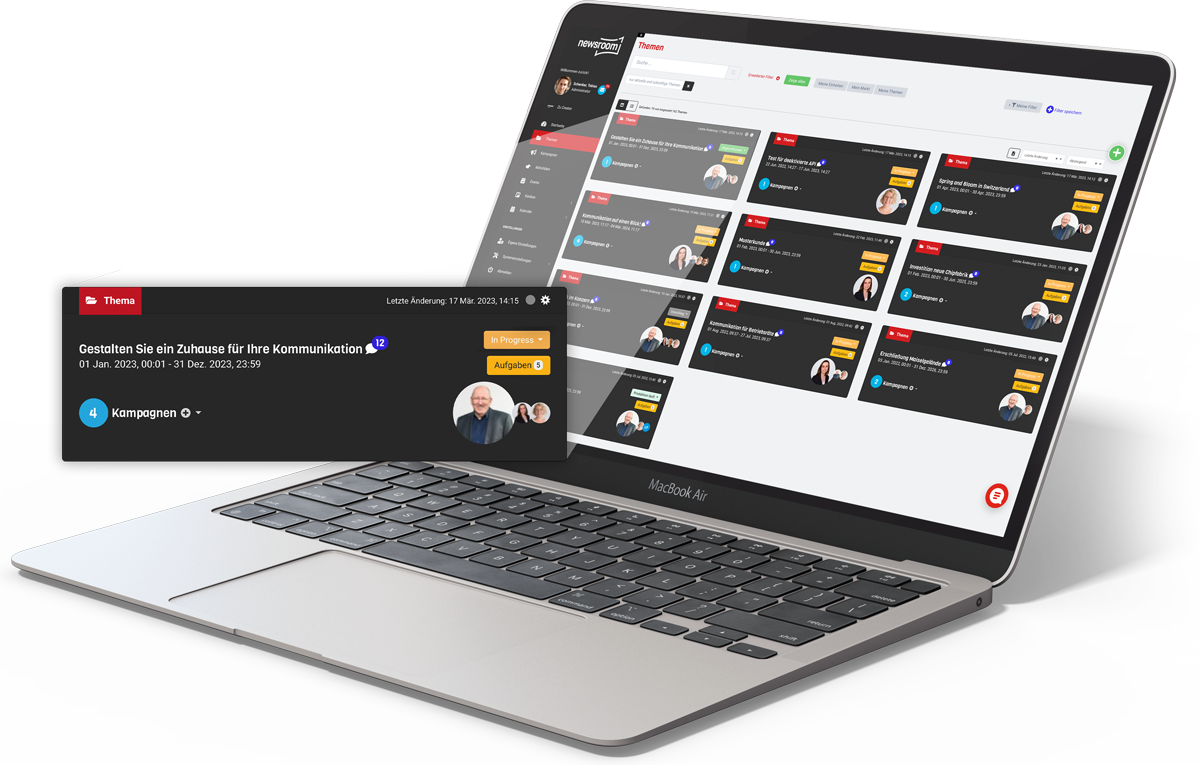
Your application examples
.
You yourself know best what tasks you have in your everyday communications work. We’ll show you how newsroom can make your work easier with a few simple examples. That’s exactly why we built newsroom, from our own experience!
The editorial meeting
You know the topics and tasks involved in preparing for a topic or editorial meeting:
- Which topics are relevant, which are new?
- Do we have the crisis topic under control?
- When will the new marketing campaign start?
- Which topics will be communicated at which upcoming trade shows?
- Who takes care of which topic?
With newsroom, you can go through all these questions in a structured way. This creates an up-to-date picture right before your eyes.
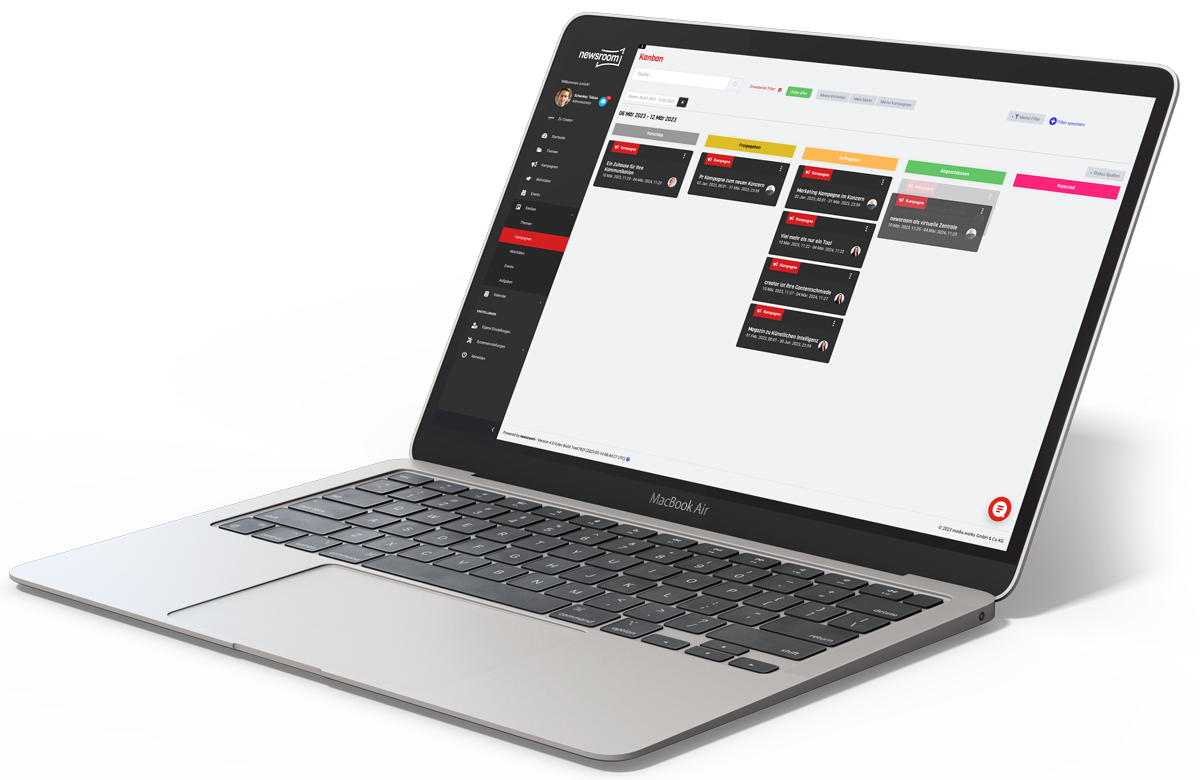
The daily stand up
You know the topics and tasks involved in the daily (weekly) stand up:
- Which appointments are relevant today?
- What has come up?
- Who takes care of what?
- Are all tasks done?
- What tasks have been added?
- What is the status of the press release, social media post?
- What will be relevant tomorrow / in the next few days or weeks?
With newsroom, you can go through all these questions in a structured way at a (preferably) large screen. This creates an up-to-date picture right before your eyes. You immediately recognize what is “on the way” and can act together.
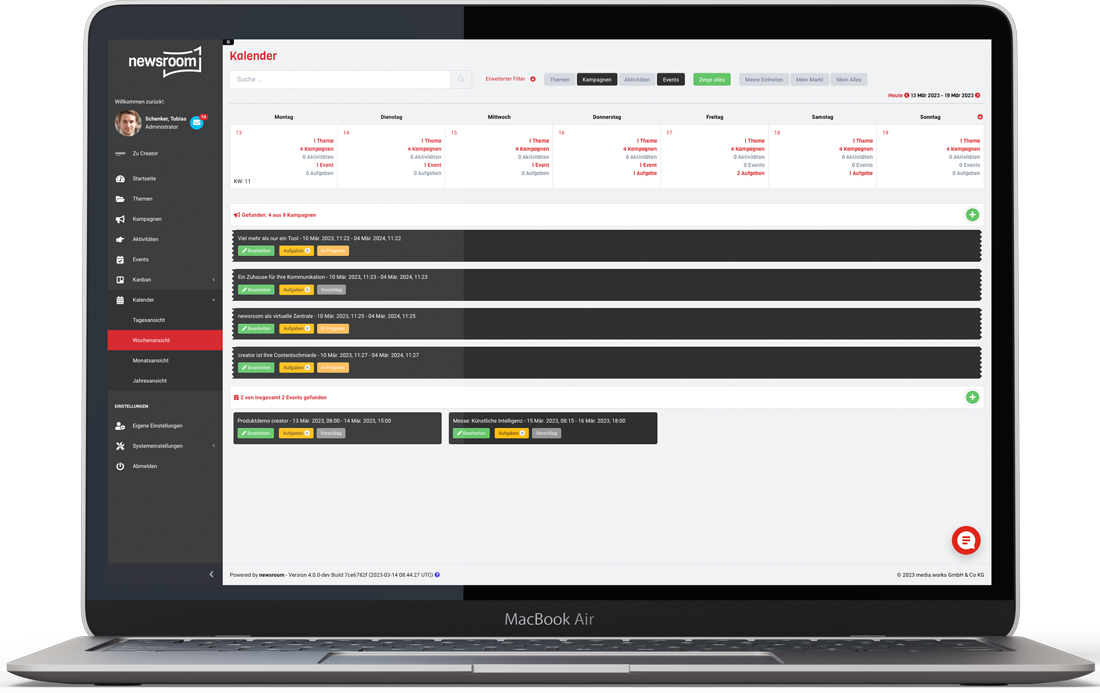
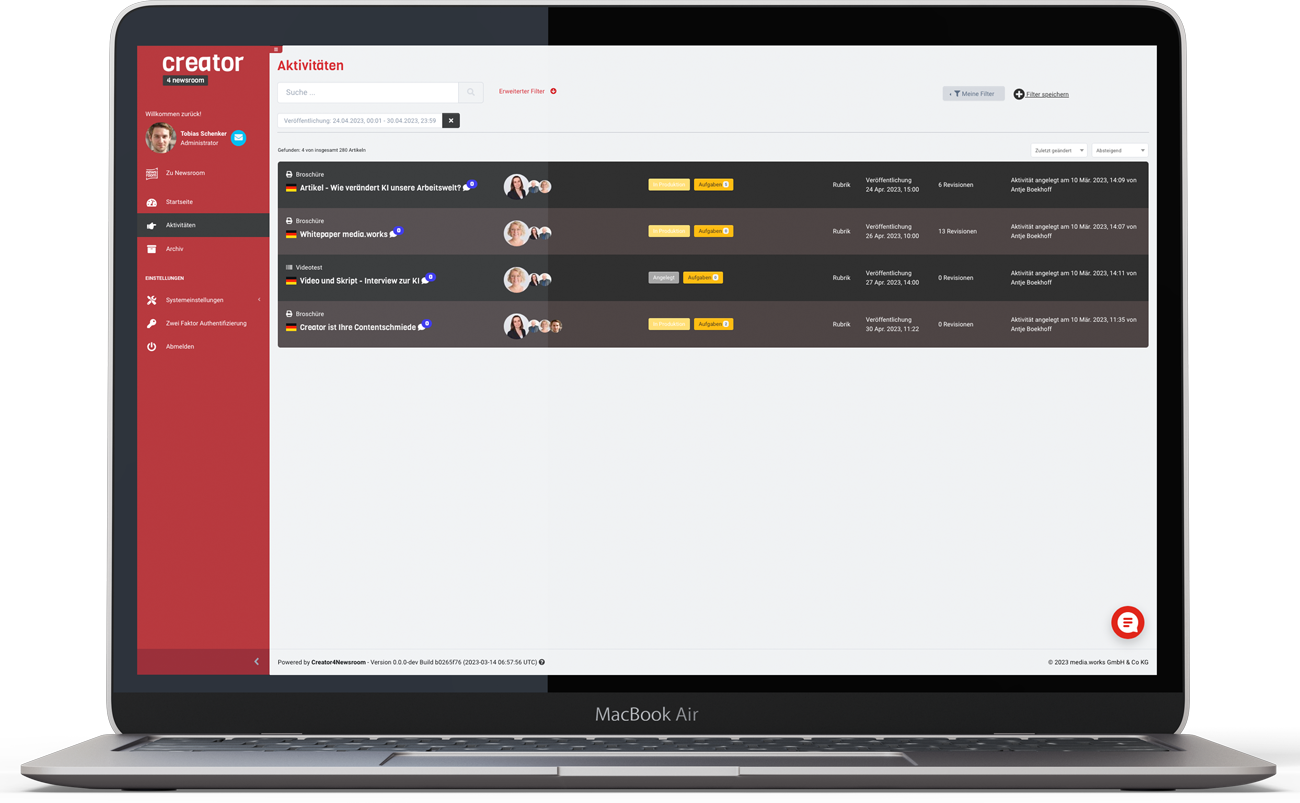
The agency briefing
You know the tasks involved in working with one or more agencies:
- Which campaigns are planned?
- What has been added to ongoing campaigns (unforeseen)?
- What is the status of the campaign?
- What input is required from whom and by when?
- When should all tasks be completed?
With newsroom, you can go through all these questions in a structured way on a (preferably) large screen. This creates an up-to-date picture right before your eyes. You can manage your agency/s in a targeted manner, use available resources efficiently. And of course, you can involve (especially trusted) agencies in the work in and with newsroom. You decide who takes on which roles and tasks in newsroom.
.
The (monthly) info call
You know the need for information sharing in your organization, company-wide, inside and outside the communications organization. So you offer a regular info call on questions like these:
- Which topics are being planned, which are new?
- What is planned for the crisis topic?
- Which (new) campaigns are planned?
- Which new topic ideas have been provided by management?
- Which new (communication) materials are ready or will be finalized when?
With newsroom you can go through all these questions in a structured way. You explain the current events and planning. Have attendees from other departments, markets, and regions present what is going on and planned there with the help of a quick filter selection. Everyone involved immediately recognizes what is “on the way” and can act together. This works best when all stakeholders involved are continuously working together with newsroom anyway.
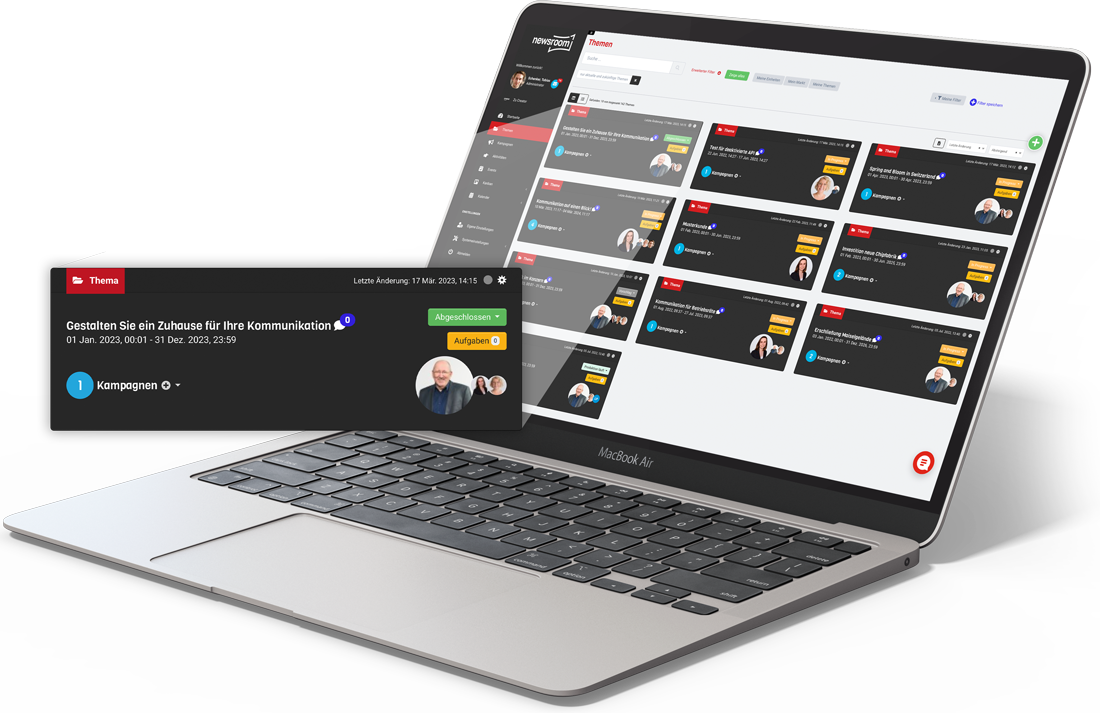

The management meeting
You know the topics at the regular briefing and reporting meeting with your manager:
- What topics are currently being planned, which ones are coming up?
- What has been done so far on the crisis topic? What is planned?
- How many press releases, speeches, social media posts, presentations have been issued/used in the current year?
- Which (new) campaigns are planned?
- How many speeches, interviews, press conferences are planned for the executive management in the coming weeks / months and when?
- At which trade fairs should the topic / product / project be presented?
On the basis of data available in newsroom, you can answer all these questions in a structured way. Depending on your preference, you use familiar presentation formats with exported data. Or you show on a large screen the essential planning elements and evaluations directly in the system.
.
